A century ago, Sir Hubert Parry set Blake’s ‘Jerusalem’ to music. The lyric had been written 100 years earlier and was part of Blake’s desperate lament for the fallenness of England. What might have been the golden streets of a holy city was instead a place of mourning, the site of dark satanic mills. He never himself gave it the title ‘Jerusalem’. Parry took up the lines and turned them into an anthem of fierce hope, sung ever since by the Women’s Institute and many other worthy bodies. The insistence is always that Jerusalem is here and now, if only we had spirits large enough first to imagine and then to build it.
And so, for Alan Moore, Jerusalem is Northampton, where he was born and raised. More specifically, it is the area of Northampton called the Boroughs: a place these days of drug addiction, theft, prostitution and whatever other delights our modern urban world has to offer. But Moore’s totemic city is not restricted to the present. It moves back and forth through time and in and out of the conventional dimensions. In fact, those lines of Blake (a continuing presence throughout this novel) might be even more appropriate as an epigraph: ‘How do you know but ev’ry Bird that cuts the airy way, Is an immense world of delight, clos’d by your senses five?’ How indeed.
So Northampton is the microcosm, not merely for our material world, but for supernatural dimensions too. The Upstairs and the Downstairs, as they are called here. A monk arrives from Jerusalem in the time of Charlemagne, a decade after the death of Offa. He has brought a cross from Jerusalem to Northampton, thought to be the centre of England, and by leaving it there, he effectively makes it the spiritual centre of England. It becomes the Rood in the Wall, and so it centres the world, as Jerusalem was to centre the world in so many medieval maps. This was the place all other places looked to for significance and renewal. An omphalos stone.
A millennium later, Ern Vernall has his earthly psychic circuitry scorched up in the top of St Paul’s, where he is working as a mason. He never really recovers his wits, and ends up deposited in Bedlam. His family carries his genealogical identity, both physically and spiritually, throughout the rest of this substantial book. As his descendant Snowy Vernall remarks to himself, while his wife is giving birth on the Lambeth Walk below, ‘Did people not speak often of how time would seem to slow down for them in a dangerous situation? Were there not accounts of premonitions, lucky guesses, the uncanny sense that things have happened just this way before?’ Time here is certainly no Newtonian absolute, and the ghost of Einstein is invoked to show how our apparent entrapment, even in four dimensions, is precisely that: an entrapment — one which enlightenment might unlock.
In a book this long, it is inevitable that certain episodes become self-contained, and the novel is not always free of what Nabokov called ‘super-essayism’. Some of these can be hit-and-miss. The one on the Spencer family is brilliant, though not far off a rant. We soon realise that Jerusalem may be Northampton transfigured, but it is fixed in neither time nor place; it is what Hemingway described Paris as being in the 1920s: a moveable feast. It can be transposed in the imagination. It is either — as Jewish ritual has it — where we hope to be next year, redeemed and reconciled at last; or it is where we once were, in those golden days before the unending devastations and depredations removed us.
The Boroughs offer us hell as well as heaven, as Blake saw London as Jerusalem, as well as hell. They form the obverse and reverse of a single coin. Marla, a druggie young tart, is obsessed by Jack the Ripper and effectively goes out to meet him. What happens here is so complex and unexpected in the ultimate dénouement that it would be unfair to reveal it. We are treated to a lengthy incarceration in Marla’s mind, which is like the inside of a public lavatory decorated with vivid graffiti. There is an American black man who becomes intrigued by the story of John Newton, from nearby Olney. ‘Amazing Grace’ starts to feel different to him once he realises that its creator was a slaver. The obverse and reverse of coins, once more; benedictions and curses. The overlays of experience, the filaments of coincidence, that connect up these lives often defy conventional chronology and placing. The senses five open up and experiences from all times and places are briefly available to us.
We have a dramatic section in which John Clare meets Samuel Beckett and John Bunyan and they all get to meet Thomas Becket. There are threads connecting all these to Northampton. In the case of Samuel Beckett, it is the incarceration of James Joyce’s daughter Lucia in an asylum. It is said that on examining Lucia Joyce and pondering her father, Jung expressed the difference between their twin explorations of the psyche’s midnight thus: ‘He is deep-sea diving; she is drowning.’ We are even treated to a pastiche of Joycean writing, which isn’t necessarily Moore’s greatest strength. There is a great deal of the free indirect here, and the wonky grammar that often goes with it. We spend so long in Marla’s mind that we find ourselves searching for exits. Banality, obscenity and craving seem to constitute her intellectual life. But that does not mean she should be murdered.
There are occasional solecisms. In 810 a Northampton woman speaks thus: ‘That one there’s All Hallows what wur only belt when my Mam was a child.’ She would have been speaking Old English then, however locally accented. And it is hard to believe that Samuel Beckett was ever so afflicted with a brogue that he would have said: ‘And between the two of us, what did you genuinely think to your man Cromwell?’
The book ends with the local artist Alma’s exhibition in the Boroughs, that ‘abattoir of hope and joy’. This turns out to be, in more than one sense, a pyrotechnic display. Alma is one of the strongest characters in the book, someone who might now be called non-binary. She does not want to fit into any category at all, whether gendered or otherwise. The book itself is like her. It often feels like one of those Stanley Spencer paintings where the resurrected wander around, mildly dazed, in nondescript urban back gardens. It contains a considerable amount of brilliantly vigorous writing.
The post Heaven, hell and Northampton appeared first on The Spectator.
Got something to add? Join the discussion and comment below.
Get 10 issues for just $10
Subscribe to The Spectator Australia today for the next 10 magazine issues, plus full online access, for just $10.
You might disagree with half of it, but you’ll enjoy reading all of it. Try your first month for free, then just $2 a week for the remainder of your first year.

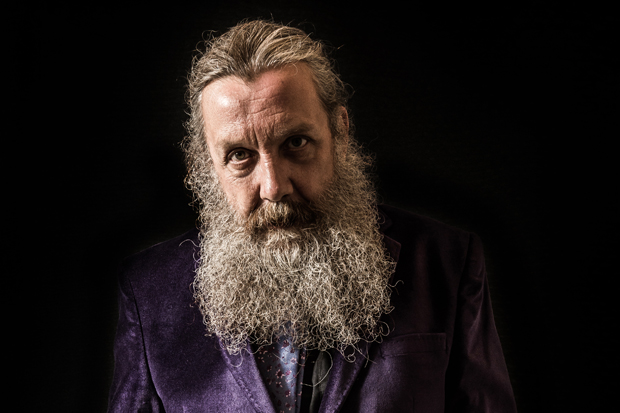

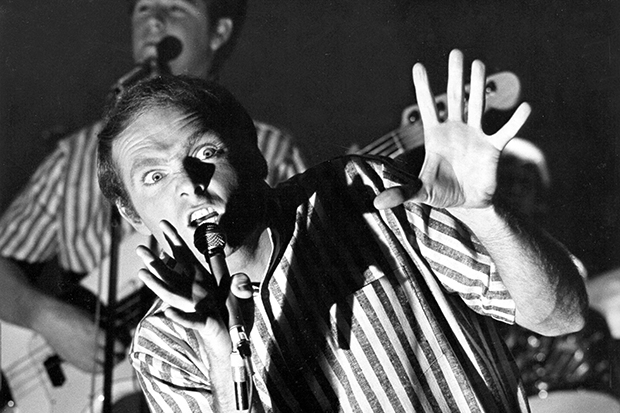
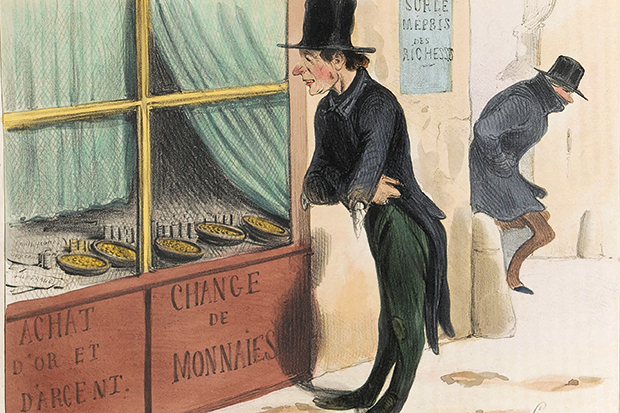

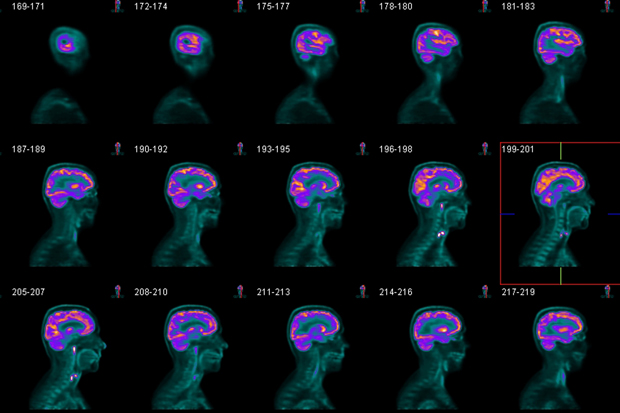
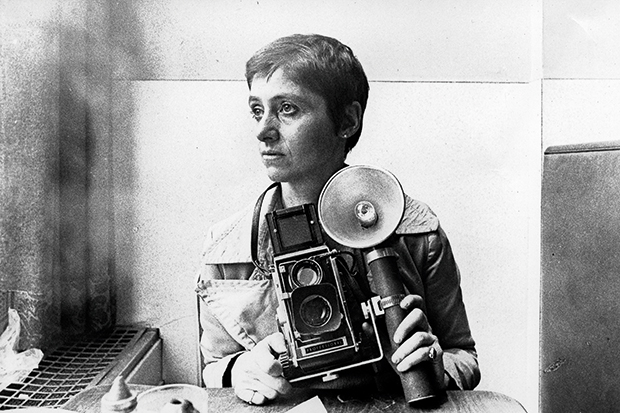






Comments
Don't miss out
Join the conversation with other Spectator Australia readers. Subscribe to leave a comment.
SUBSCRIBEAlready a subscriber? Log in